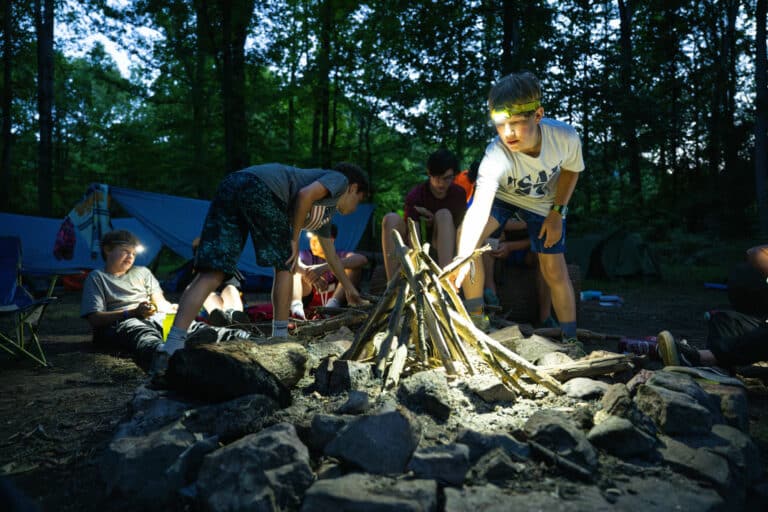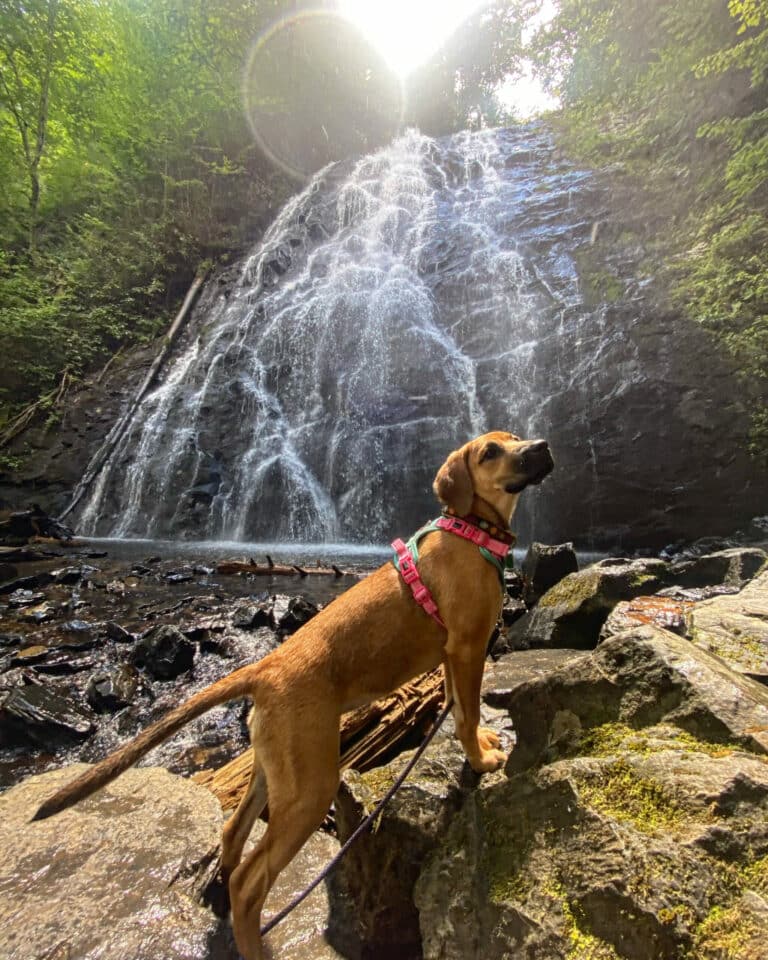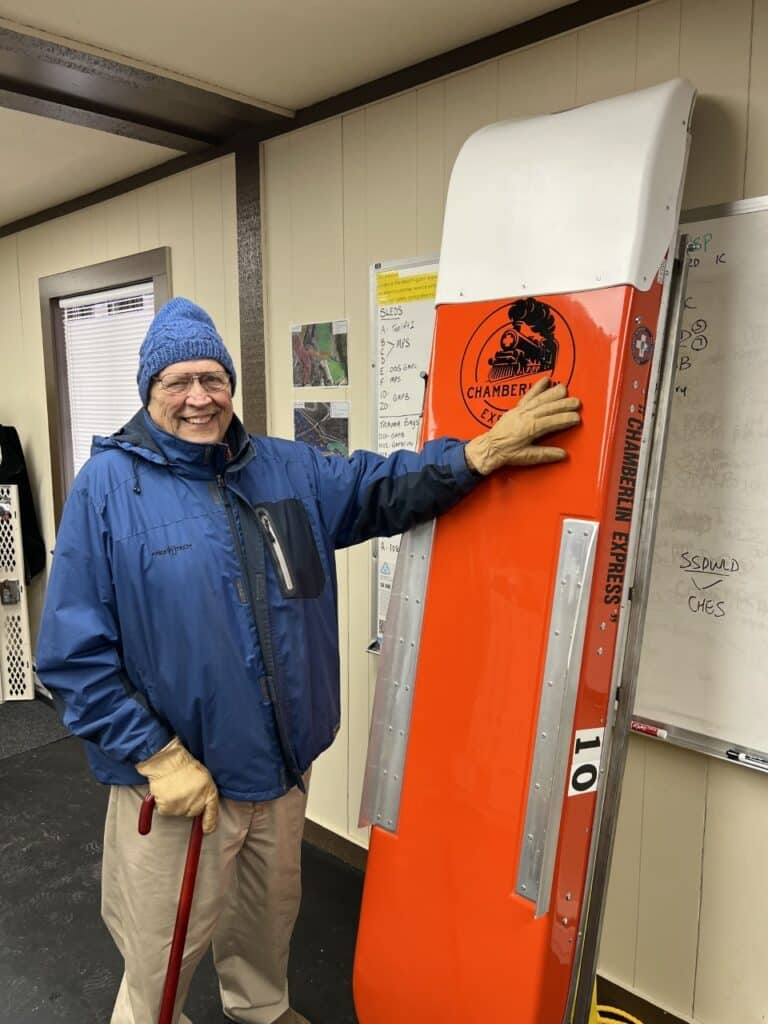“All owls do have some cones in their eyes so that they can detect color to some extent, and aren’t blind in the daylight, but the rods give them their good nocturnal vision,” Shedd says.
Nocturnal animals’ schedules revolve around their role as a prey or predator, according to Shedd. They are nocturnal simply because they are out hunting for prey that is nocturnal, or they are out roaming around at night to avoid predators that are present during the daytime.

Bear The black bear is a large, powerful nocturnal animal in the Blue Ridge area. Black bears come out at night, but more late afternoon and early evening. They amble around at dusk and dawn, looking for nuts, berries, and insects, and they dig up wasp nests to feed on the larvae. They will also eat heavier meals, such as rabbits and deer fawn.
Bears are adaptable and intelligent animals that associate people with food. While camping or hiking in the Blue Ridge Mountains it is possible to come face to face with a black bear. Hiking at dusk or dawn will increase your chances of running into a bear, since they are crepuscular creatures—animals mostly active around sunset and sunrise. Biologists suggest making noise while on the trail, such as talking or singing, to scare away bears and reduce your chances of surprising them on the trail. Also, be sure to either leave your dog at home or keep it on a leash to keep it from provoking a bear.

Coyote Coyotes, which have filled the role of the wolf, have been found in virtually every county in the Southern Appalachians. The Virginia Department of Game and Inland Fisheries first classified coyotes as an invasive species and then redefined them as naturalized species since they have developed a stable population in the state.
“They are thriving in the area and gradually over time they sort of have taken over the role that the wolves used to fill,” says Kelly Rourke, education coordinator at the Wildlife Center of Virginia in Waynesboro. “So that niche of higher predator left this hole and the coyotes have been moving eastward and plugged into the hole, I guess. Its been kind of progressing for years.”







